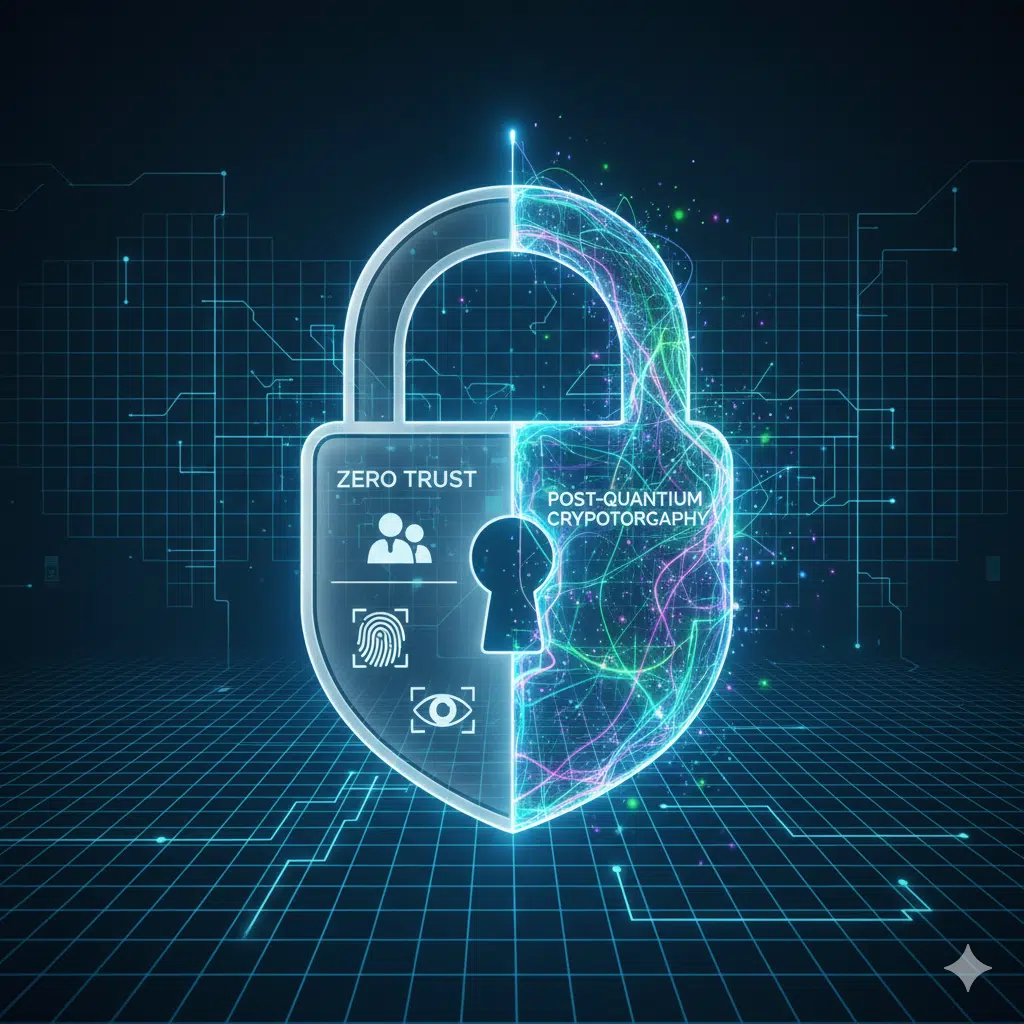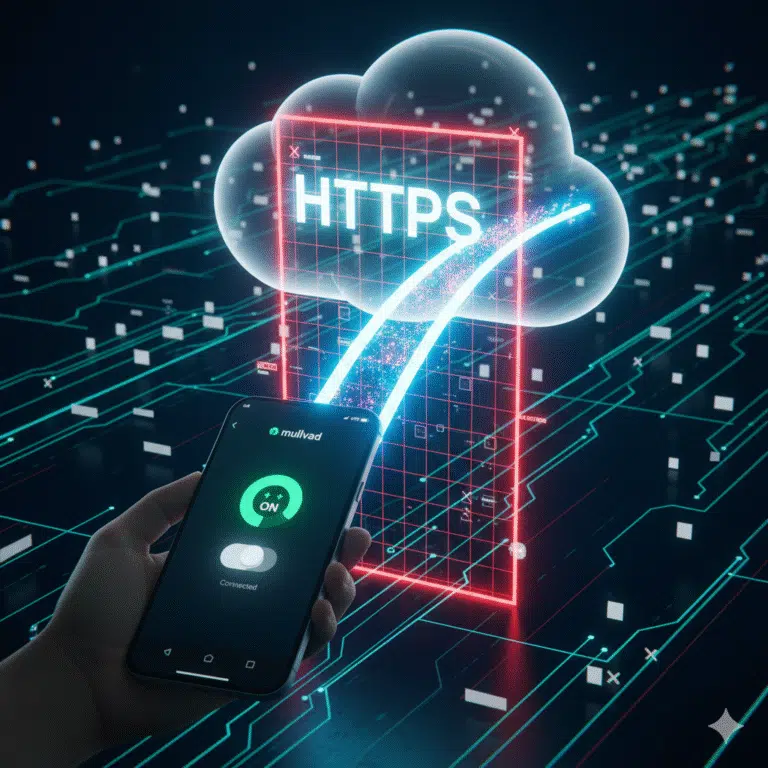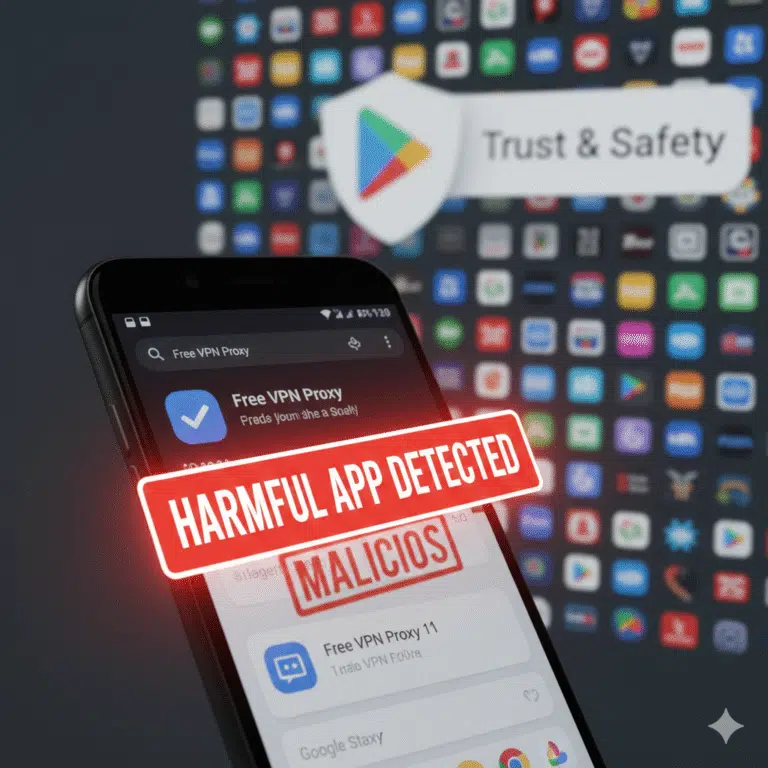In 2025, the security landscape for remote access is shifting dramatically. Traditional VPNs—once the backbone of secure connectivity—are increasingly being replaced or augmented by zero-trust VPN models that incorporate post-quantum cryptography (PQC)(Zero‑Trust and Post‑Quantum VPN). This combined approach gives enterprises a powerful new way to protect sensitive data, enforce continuous identity verification, and guard against future quantum computing threats. With breaches on the rise and quantum computers looming on the horizon, adopting zero-trust VPNs is becoming less of a strategy and more of a necessity.
Why Zero‑Trust + Post‑Quantum Matters for VPNs
1. The Limits of Legacy VPNs
According to the Zscaler ThreatLabz 2025 VPN Risk Report, 56% of organizations reported a VPN-related security incident in the past year, and 81% are planning or already adopting zero-trust within the next year. This shows a clear shift: enterprises are no longer content with granting broad network access once a user connects via a VPN.
Zero-trust replaces the “implicit trust” model of old VPNs with rigorous identity verification and adaptive access policies. Rather than a flat trust boundary, each access decision is context-aware — evaluating user identities, device posture, and risk in real time.
2. Quantum Risk Is Real — And Imminent
Quantum computing poses a concrete threat to conventional encryption. Algorithms used in widely deployed cryptography, such as RSA or ECC, could be broken by sufficiently powerful quantum computers.
To tackle this, enterprises are starting to adopt post-quantum cryptography, which uses quantum-resistant algorithms — like lattice-based cryptography — to secure communication channels. By combining PQC with zero trust, organizations can protect not just identity and access, but also future-proof their data transport.
Real-World Momentum: Who’s Leading the Trend
One of the major movers in this space is Cloudflare. In March 2025, the company announced its cloud-native Zero Trust Network Access (ZTNA) solution with built-in support for post-quantum cryptography. Their rollout lets organizations “securely route communications from web browsers to corporate web applications … with quantum‑safe connectivity.”
By mid-2025, Cloudflare plans to expand its PQC support to all IP protocols, making it broadly compatible across apps and devices. According to CEO Matthew Prince, this approach allows customers to “transition their Internet communications … to post‑quantum cryptography without the complexity of individually upgrading each corporate application or system.”
Strategic Drivers Behind Adoption
Risk Reduction & Compliance: With growing regulatory pressure and quantum threats, enterprises see zero-trust plus PQC as a proactive safeguard. Research from FlexiNet underscores that combining Zero Trust with quantum-resistant encryption will be a differentiator in 2025.
Identity-First Security: Zero-trust frameworks rely on continuous identity verification, reducing over-permissioned access and limiting lateral movement.
Crypto-Agility: Deploying PQC within Zero Trust architectures allows firms to adapt their cryptographic posture quickly. As post-quantum encryption standards evolve, such crypto-agile systems can switch algorithms without major disruption.
Scalable Access: Cloud-native ZTNA platforms (like Cloudflare’s) make it easier to apply zero-trust policies across hybrid environments, remote devices, and cloud workloads — all while ensuring quantum-safe encryption.
Challenges and Considerations
While the trend is promising, there are several real-world hurdles:
Complexity of Deployment: Transitioning to zero-trust + PQC isn’t simple. Organizations need to inventory devices, evaluate cryptographic libraries, and manage new key lifecycles.
Performance Trade-Offs: PQC algorithms often require more computational resources than classical encryption, which may affect latency or throughput for VPN sessions.
Standards Variability: Though NIST and others are standardizing PQC, crypto standards are still maturing. Firms will need to maintain flexibility and plan for algorithm migration.
Cultural Resistance: Many organizations still rely on legacy VPNs. Convincing teams (IT, security, execs) to move to zero-trust models can be challenging — especially if performance or cost impacts are not fully understood.
Expert Perspective
Zero-trust and PQC convergence is not just theoretical — experts are calling it a critical inflection point. For instance, in Zero Trust and Encryption Best Practices (2025), security analysts highlight that “hybrid PQC + classical key exchange” should be a top priority for Zero Trust deployment.
Meanwhile, research firms note that the market for quantum-safe zero-trust proxy solutions is expanding rapidly. According to a 2025 report, providers are betting on identity verification plus PQC as the new foundation for secure access.
Conclusion
The combined rise of zero‑trust VPN models and post‑quantum cryptography is shaping the future of secure access in 2025. Enterprises are recognizing that traditional VPNs alone no longer suffice — they need security that not only verifies identity at every step but also defends against tomorrow’s quantum-powered attacks.
By weaving zero trust with PQC, organizations gain a powerful security posture: continuous verification, context-aware access, and quantum-resilient encryption. While adoption comes with challenges — from performance to operational complexity — the payoff is significant: a future-proof VPN system built for both identity assurance and cryptographic endurance.
As quantum computing advances and cyber threats grow more sophisticated, zero-trust VPNs with post-quantum cryptography may soon become the gold standard for secure remote access.



